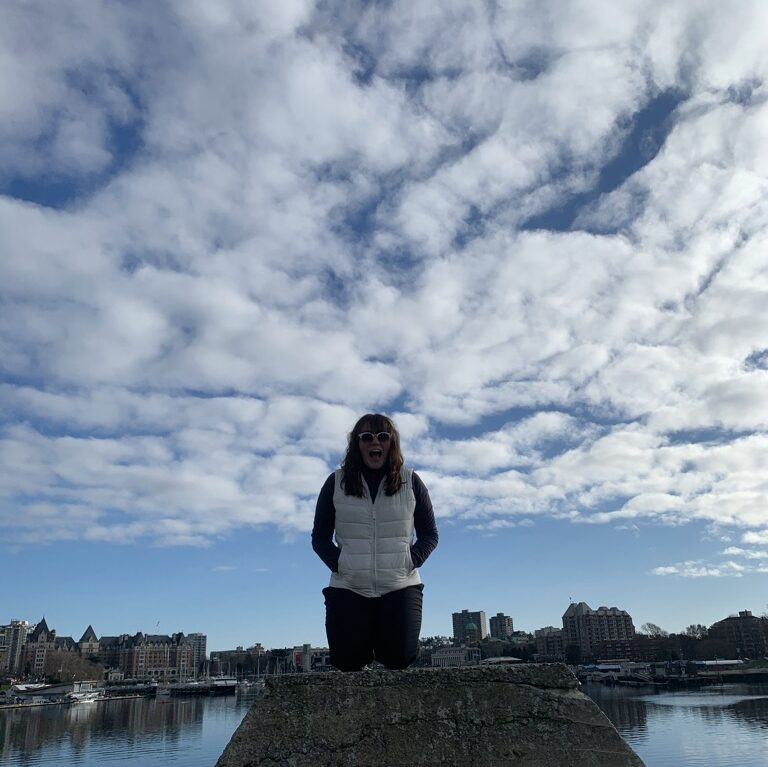Personal Learning Networks
Networking using social media is a way to connect with other professionals. There are many social media platforms set up in a way that facilitates engagement with your community of connections as well as to create new relationships. This type of networking is useful because it allows your reach to extend a lot further than it would from strictly face-to-face interactions. Social platforms allow quick and efficient engagement not only within your network but branching further to making new connections as well. This kind of professional networking allows you to find outsourcing for a project, advice on career growth, and general support when you need it. Something that got my attention from the readings was the idea that these personal learning networks allow for non-formal learning. When you are connecting with other professionals (within or outside of your field) the conversations and interactions you have with them allows for self-reflection and personal growth – often without you even being conscious of it. In my experience, often the best professional development comes not from formal training but from experience and conversations about your experience.
However, nothing comes without its risks. For social networking, this is the issue of privacy. Conversing via the internet comes with a degree of autonomy that can make it difficult to be sure if you are talking to a credible source. Also, to fully engage with social media networking you often need to divulge a certain amount of information about yourself to allow others to find you and to find the kind of people you are looking for. This ties in with the following discussion on digital identity.
Digital Identity
A digital identity is your online presence. People can have more than one presence online – for lots of people this is divided into a “personal” and a “professional” identity. Even the same social media platform can look very different depending on which lens you chose to see it through. For example, Instagram is a popular social media app used by all sorts of age groups for all sorts of reasons. Using this site in a professional context could look like: showcasing information and updates about your business on your main feed; interacting and collaborating with other local businesses in your area; drawing inspiration and connections with other businesses in your specific field around the globe; generating community engagement through polls on your story a few times a week; and creating free advertising with “share this post” style contests. But the same social media platform can look completely different if used for a personal account. This could look like: posting photos from crazy nights out with friends or lazy mornings with a partner; commenting an inside joke on a photo of a friend; sharing favorite songs or shows in your stories and asking for advice on new ones; following a variety of celebrities, friends, public figures, and businesses creating a unique feed without a theme linking them.
But it should be noted that having separate accounts for your “private digital identity” and your “public digital identity” does not mean that never the two shall meet. Returning to the earlier discussion of the risks of digital communications, people need to be aware that anything put out into the void of the internet can and will be accessible by anyone at any time. Even if you are very careful about who you let follow you in your private account, you still need to be careful about what you post. You never know, for example, who is sitting next to one of your followers on the bus when they happen to scroll past a picture of you in a compromising situation that could affect the perception of your business.
Works Cited
- Boyd, Danah. “Networked Privacy”. Surveillance & Society, vol 10, no. 3/4, 2012, pp. 348-350. Queen’s University Library, doi:10.24908/ss.v10i3/4.4529.
- “Eric Stoller – What Is Digital Identity?”. Youtube.Com, 2021, https://www.youtube.com/watch?v=u0RryRbJza0.
- Rajagopal, Kamakshi et al. “Understanding Personal Learning Networks: Their Structure, Content And The Networking Skills Needed To Optimally Use Them”. First Monday, vol 17, no. 1, 2012. University Of Illinois Libraries, doi:10.5210/fm.v17i1.3559.
- “What Is A Personal Learning Network (PLN)?”. Futurelearn, 2021, https://www.futurelearn.com/info/courses/learning-network-age/0/steps/24644.

Recent Comments